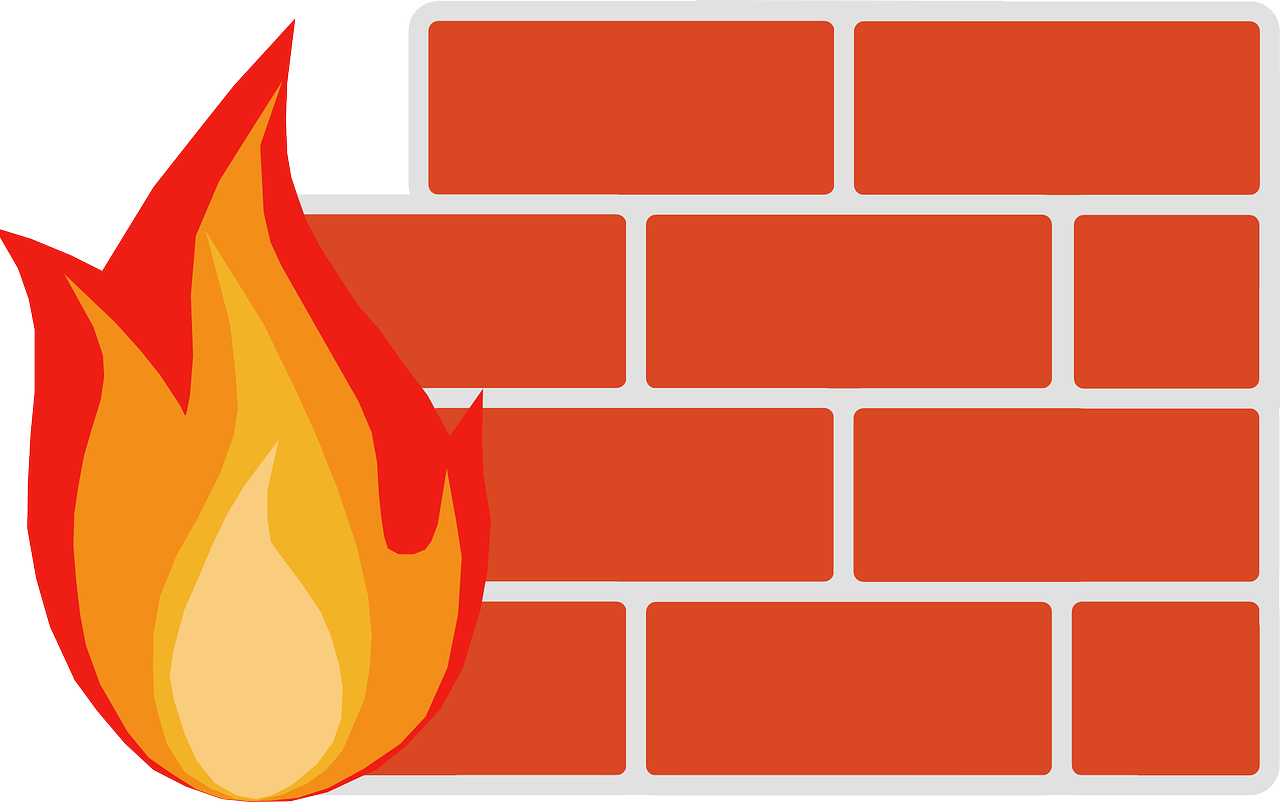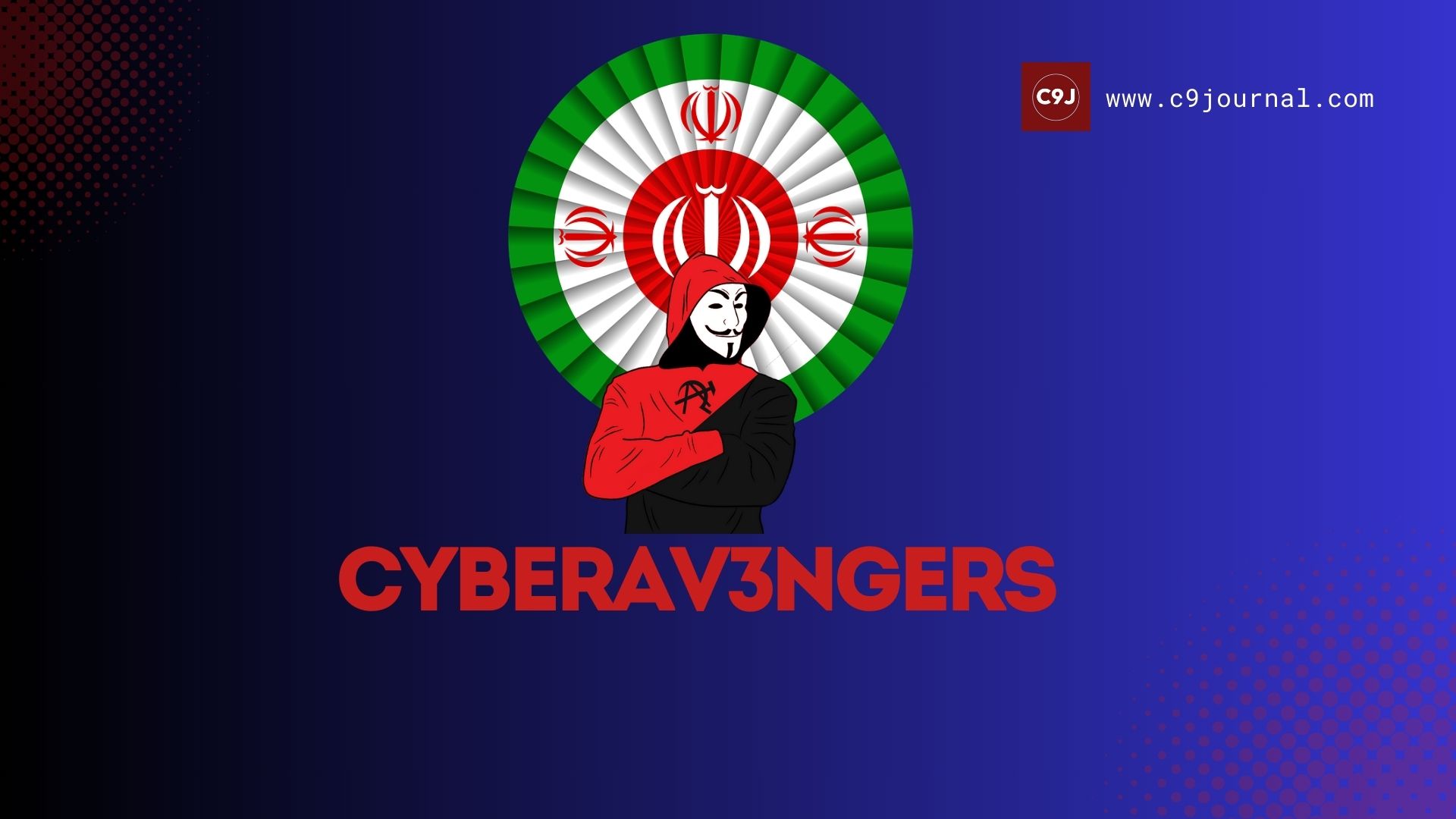
Microsoft SharePoint has been targeted by attackers exploiting CVE-2024-38094, a deserialization vulnerability. This flaw allows attackers to inject malicious code by tricking the system into deserializing untrusted data. Once exploited, it can lead to remote code execution, compromising the organization’s SharePoint infrastructure.
Impact
- Data theft: Attackers gain unauthorized access to confidential information.
- System compromise: Malicious payloads could disrupt SharePoint operations, affecting business continuity.
- Further exploitation: A foothold can be used for lateral movement within the network.
Solution and Mitigation Strategies
- Immediate Patching
Microsoft has released security patches. Ensure your SharePoint server is up-to-date by applying the latest updates.- Update reference: Microsoft Security Updates
- Use the October 2024 cumulative update for SharePoint.
- Application Layer Controls
- Deploy a web application firewall (WAF) to filter malicious traffic.
- Monitor deserialization requests to identify suspicious activities.
- Access Control Measures
- Implement least privilege access to limit user permissions.
- Disable unnecessary SharePoint features that might expose the system to external input.
- Intrusion Detection Systems (IDS)
- Use IDS to monitor anomalies in SharePoint activities.
- Integrate with SIEM solutions for early detection and alerts.
- Regular Audits
Conduct security audits to detect overlooked vulnerabilities and ensure best practices are followed.
Conclusion
CVE-2024-38094 exemplifies the risks associated with input handling vulnerabilities. Organizations must act swiftly by patching systems and implementing multi-layered defenses. As threats evolve, a proactive security approach involving continuous monitoring, timely patching, and strict access controls is essential.







